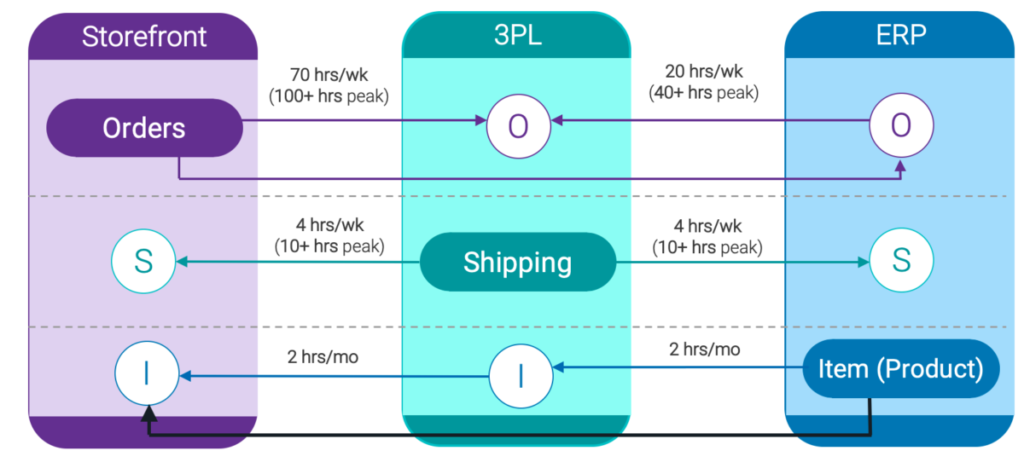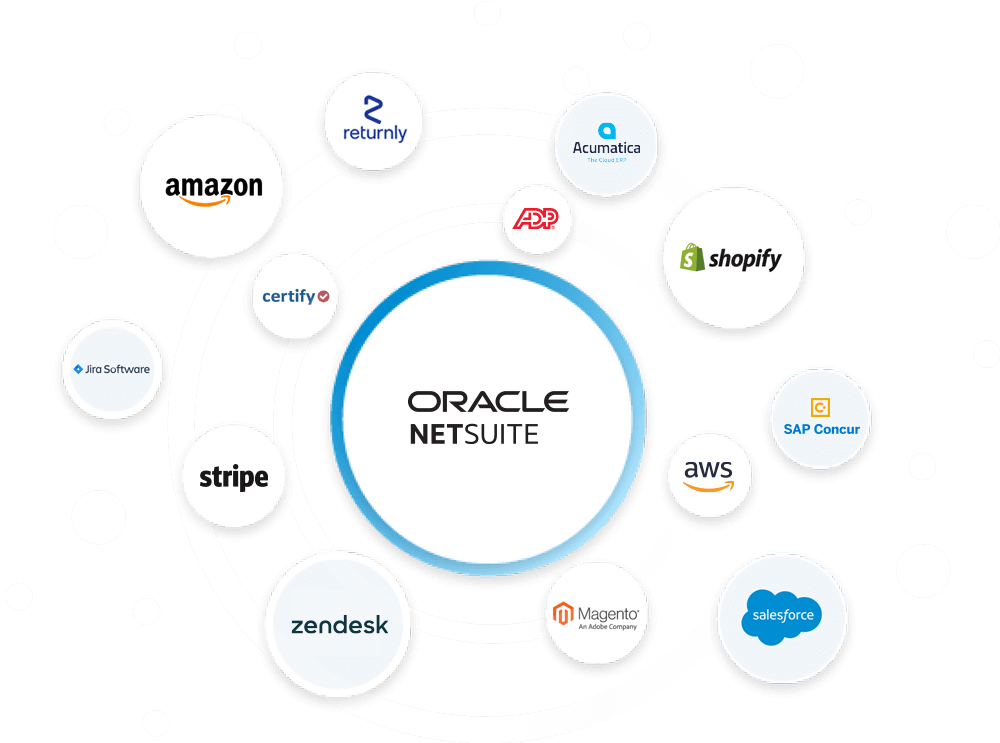In today’s ecommerce landscape, businesses are dependent on many isolated applications and data sources in order to bring their products in front of customers and provide a seamless shopping experience. These typically include online storefronts, marketplaces, POS systems, payment gateways, returns management and more. While these are great individual tools to serve certain business needs, they fall short in ensuring product availability, fast shipment, real time order data, positive customer reviews or financial visibility when disconnected from each other.
To streamline processes, data needs to be seamlessly transferred from one application to the other. For example, you’ll need to enter sales order data from your ecommerce platform(s) into a WMS (Warehouse Management System) for fulfillment. Without automation, transferring data is slow, error-prone and resource intensive. These inefficiencies can turn into customer dissatisfaction, and increased operational costs over time.

Integrating disconnected applications and data sources automates business processes, resulting in less overhead, improved conversion rates, and faster order and shipment processing, as well as real-time visibility into financial and order data. The latter helps analyze product and sales channel performance, recognize revenue faster, and improve cash visibility, resulting in healthier forecasting, strategic planning and decision making.
With the sudden increase in demand, many businesses realized that the infrastructure in place may not be sufficient to handle the increased volume of orders and the need to efficiently scale. This amplifies the need to streamline ecommerce business processes with integration. If your business realizes the need for automation, the following sections in this guide will provide you with an overview of how to get started with integration and examples of key ecommerce business processes to automate.




